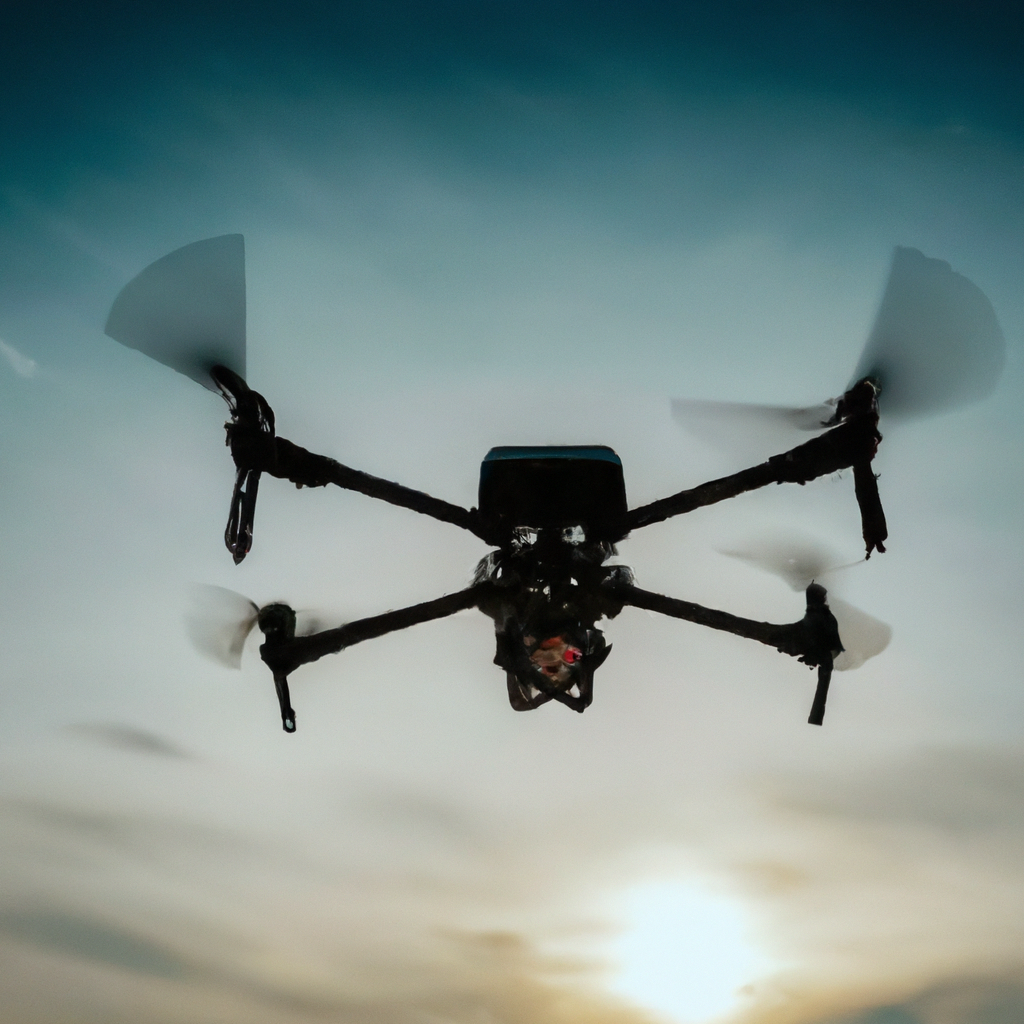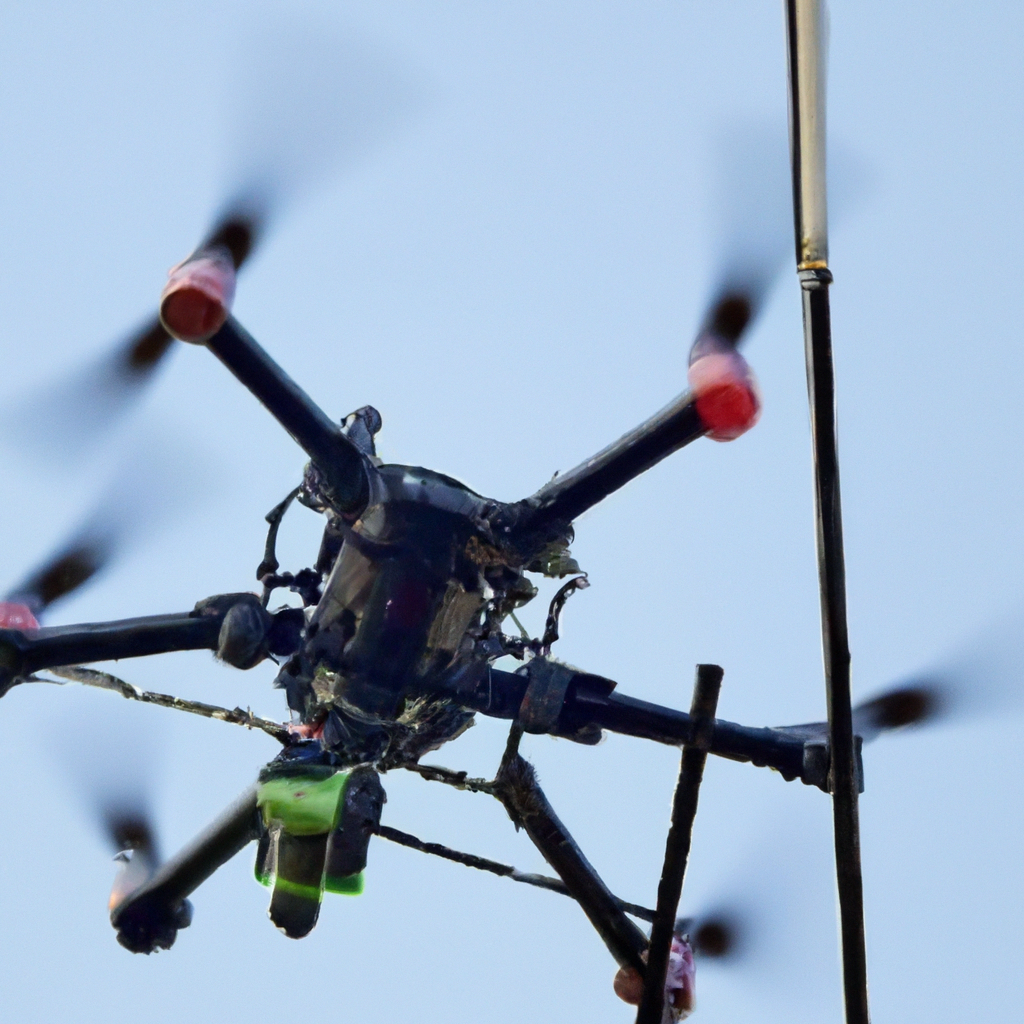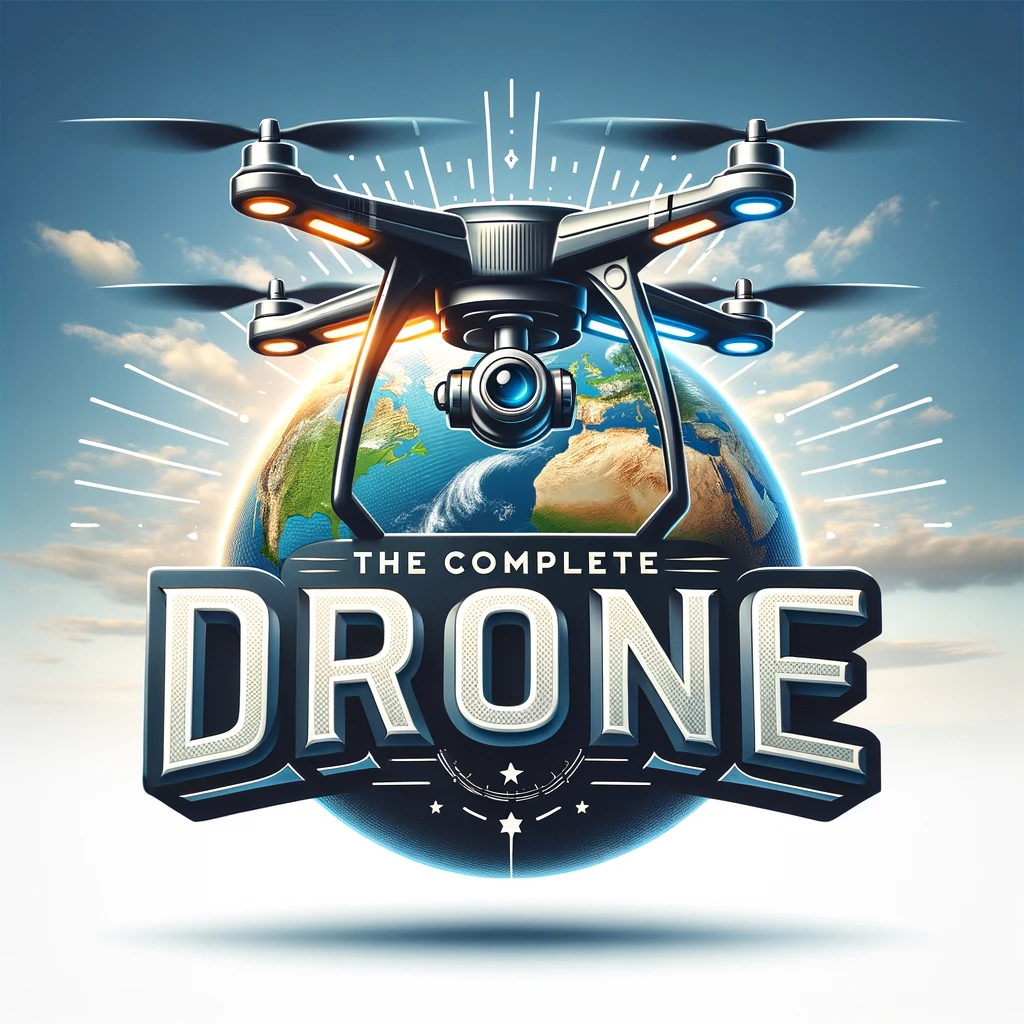Have you ever wondered how drones are able to communicate with their operators and with each other? In this article, we will explore the fascinating world of drone communication and uncover the various methods used by these high-flying devices to stay connected. From radio signals to WiFi and even satellite communication, drones have come a long way in establishing efficient and reliable means of interaction. So, strap in and get ready to discover the intricate network that enables these remarkable machines to fly with precision and navigate through the skies. Drones are amazing pieces of technology that have revolutionized various industries, including photography, videography, surveying, and even transportation. These unmanned aerial vehicles (UAVs) are capable of accomplishing complex tasks autonomously, but they still require efficient communication systems to perform their functions flawlessly. In this article, we will explore how drones communicate and the different methods they use to establish these connections.

This image is property of images.pexels.com.
Wireless Communication
Wireless communication is the foundation of how drones communicate. It allows drones to establish connections without the need for physical wires. There are various forms of wireless communication that drones utilize, including radio frequency communication, Wi-Fi communication, Bluetooth communication, cellular communication, and GPS communication.
Radio Frequency Communication
Radio frequency communication is a common method used by drones to establish a communication link with their operators or ground control stations. This communication method utilizes radio waves, making it a reliable option for long-range communication. Drones equipped with radio frequency receivers and transmitters can exchange signals with the ground control station, enabling seamless control and monitoring of the drone’s operations.
Wi-Fi Communication
Wi-Fi communication is another popular method employed by drones. By utilizing existing Wi-Fi infrastructure, drones can establish connections with a Wi-Fi-enabled device, such as a smartphone or a tablet. This allows operators to control the drone using a dedicated mobile application, providing a user-friendly interface for piloting and accessing various drone functionalities.
Bluetooth Communication
Bluetooth communication is commonly used for short-range drone communication. While it may not offer the same range as radio frequency communication, Bluetooth allows drones to connect with nearby devices, such as remote controllers or smartphones. This type of communication is often used for interacting with drones at close distances, providing a convenient way to control the drone’s movements and capture aerial footage.
Cellular Communication
Cellular communication is an increasingly popular method used by drones to establish connections over long distances. By integrating cellular modules, drones can use the existing cellular network infrastructure to transmit data and receive commands. This enables drones to communicate with their operators or remotely located ground control stations over large areas, making it suitable for applications like delivery or surveillance missions.
GPS Communication
GPS communication plays a crucial role in drone operations. GPS, or Global Positioning System, allows drones to determine their precise location and navigate accurately. By using satellite signals, drones can communicate with GPS receivers to gather information about their position, altitude, and velocity. This information is vital for autonomous flight, route planning, and executing specific missions.
Encryption and Security
Ensuring secure communication is of utmost importance when it comes to drones. As these devices perform tasks that may involve sensitive data or critical operations, encryption and security measures are implemented to protect against unauthorized access or control.
Encryption techniques, such as Advanced Encryption Standard (AES), are commonly used to secure the communication channels between drones and ground control stations. By encrypting the data sent between these devices, potential eavesdroppers or hackers cannot intercept and understand the information being transmitted.
Furthermore, secure communication protocols, such as Transport Layer Security (TLS), are used to establish a secure connection between drones and external systems. These protocols provide authentication, confidentiality, and integrity, ensuring that the communication channel remains secure and reliable.

This image is property of images.pexels.com.
Command and Control Systems
Command and control systems serve as the bridge between the operator and the drone. These systems enable operators to send commands to the drone, receive telemetry data, and monitor its status. Depending on the specific drone and its capabilities, command and control systems can be implemented through various methods.
For example, some drones utilize dedicated remote controllers that communicate with the drone using radio frequency or Bluetooth connections. These remote controllers often feature joysticks, buttons, and other control inputs that allow the operator to maneuver the drone and access its different functionalities.
In other cases, drones can be controlled using smartphones or tablets. By installing a dedicated mobile application, operators can connect to the drone via Wi-Fi or Bluetooth and use the device’s touch screen and sensors to control its movements.

This image is property of images.pexels.com.
Data Transmission and Reception
Besides carrying out commands from the operator, drones require efficient data transmission and reception capabilities. Whether it’s transmitting real-time video footage or sending telemetry data, drones must establish reliable connections to ensure smooth communication.
Video transmission is particularly crucial for drones used in photography and videography. These drones often feature built-in cameras that capture stunning aerial shots and transmit the live video feed back to the operator or ground control station. To achieve this, drones may utilize Wi-Fi or radio frequency communication, depending on the range and quality required.
Telemetry data, on the other hand, includes information about the drone’s flight status, battery level, and other important parameters. This data needs to be transmitted in real-time for effective monitoring and control. Drones commonly employ radio frequency or cellular communication methods to ensure the reliable transmission and reception of telemetry data.

Communication Protocols
To facilitate communication between drones and their operators, various communication protocols are utilized. These protocols define the rules and formats for data transmission, ensuring compatibility and interoperability between different devices and systems.
One widely used communication protocol in the drone industry is the MAVLink protocol. MAVLink, or Micro Air Vehicle Link, is a lightweight messaging protocol that enables efficient communication between small, autonomous UAVs and ground control stations or other off-board systems. It provides a flexible and extensible framework for exchanging commands, telemetry data, and other vital information.
In addition to MAVLink, other communication protocols like FANET, ADS-B, and LTE-UAV are also used for specific applications and requirements. These protocols cater to the unique needs of different drone operations, such as swarm communication, airspace integration, and long-distance communication.
In conclusion, drones rely on various methods of communication to execute their tasks efficiently. Wireless communication, including radio frequency, Wi-Fi, Bluetooth, cellular, and GPS communication, forms the basis of drone communication systems. Encryption and security measures ensure the confidentiality and integrity of data transmission. Command and control systems allow operators to interact with drones, while data transmission and reception mechanisms handle the exchange of real-time video footage and telemetry data. Overall, these communication protocols work together to enable seamless communication between drones and their operators, paving the way for a wide range of drone applications in different industries.


